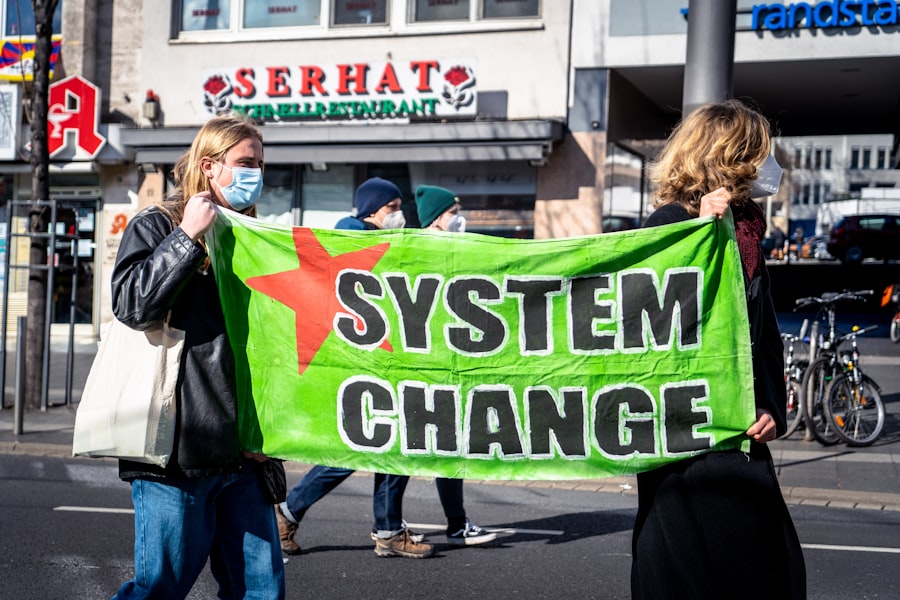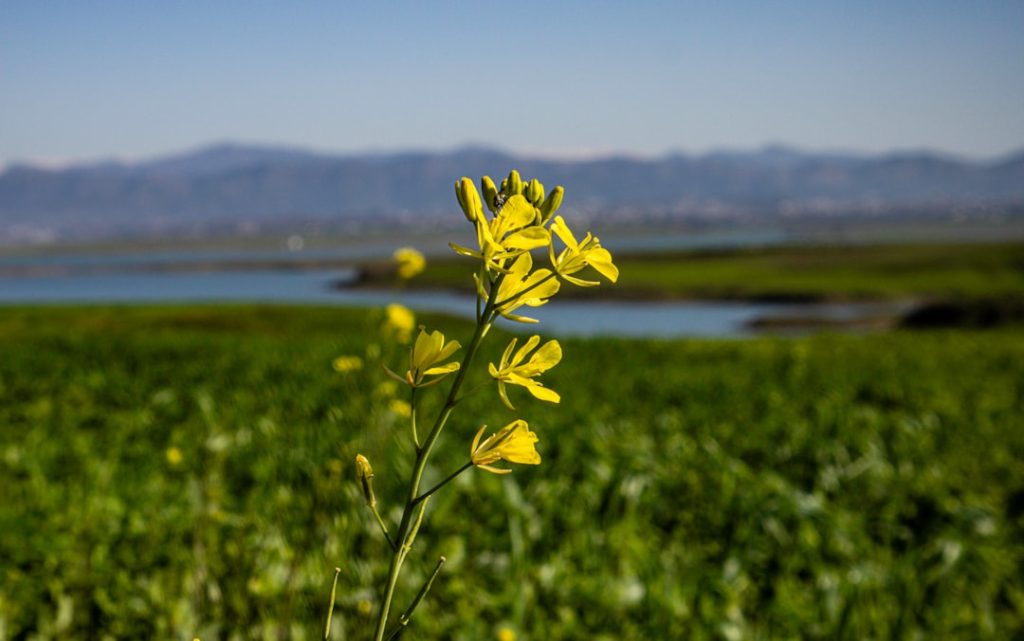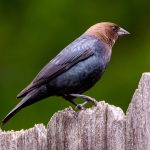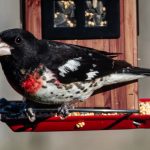Chickens are highly susceptible to heat stress due to their lack of sweat glands and reliance on panting for temperature regulation. Elevated temperatures can quickly lead to overheating in chickens, resulting in various negative health effects. These include decreased egg production, reduced feed conversion efficiency, slower growth rates, and potential mortality in severe cases.
Heat stress also compromises the immune system of chickens, increasing their vulnerability to diseases and infections. Understanding these physiological effects is crucial for poultry farmers to implement effective heat mitigation strategies. Heat stress significantly impacts chicken behavior as well.
When exposed to high temperatures, chickens may exhibit signs of distress such as increased water consumption, reduced feed intake, and lethargy. In extreme cases, heat-stressed chickens may display aggressive behavior towards one another, potentially causing injuries or death. Recognizing these behavioral changes is essential for farmers to identify heat stress in their flocks and take appropriate measures to alleviate its effects on their chickens.
Table of Contents
- 1 Providing adequate shade and shelter
- 2 Ensuring access to cool, fresh water
- 3 Using fans and misters to lower the temperature
- 4 Adjusting feeding schedules for cooler times of day
- 5 Monitoring for signs of heat stress and illness
- 6 Implementing additional cooling measures for extreme heat conditions
- 7 FAQs
Key Takeaways
- Heat stress can have serious effects on chickens, including decreased egg production, decreased feed intake, and increased mortality rates.
- Providing adequate shade and shelter is crucial for chickens to escape the direct heat of the sun and reduce the risk of heat stress.
- Access to cool, fresh water is essential for chickens to stay hydrated and regulate their body temperature during hot weather.
- Using fans and misters can help lower the temperature in chicken coops and provide relief from the heat.
- Adjusting feeding schedules to cooler times of day, such as early morning or late evening, can help reduce the risk of heat stress in chickens.
- Monitoring for signs of heat stress and illness, such as panting, lethargy, and decreased egg production, is important for early intervention.
- Implementing additional cooling measures, such as evaporative cooling systems or ice blocks, may be necessary during extreme heat conditions to protect the health of chickens.
Providing adequate shade and shelter
Creating a Cool Environment
One of the most important measures for protecting chickens from the effects of heat is to provide them with adequate shade and shelter. This can be achieved by ensuring that the chicken coop or housing facility is well-ventilated and equipped with proper insulation to keep the interior cool. Additionally, providing access to shaded areas in the outdoor space where chickens roam can help them find relief from the sun’s heat.
Using Natural and Artificial Shade
Natural shade from trees or artificial structures such as awnings or tarps can be used to create shaded areas for chickens to rest and cool down during hot weather. In addition to shade, it’s important to provide chickens with shelter that offers protection from direct sunlight and heat.
The Importance of Shelter
Adequate shelter can help reduce the risk of heat stress and its negative effects on the health and productivity of chickens. By providing chickens with access to shade and shelter, farmers can help them cope with high temperatures and minimize the impact of heat stress on their well-being.
Ensuring access to cool, fresh water

Access to cool, fresh water is essential for chickens to stay hydrated and regulate their body temperature during hot weather. When temperatures rise, chickens will increase their water consumption to cool down through evaporative cooling. It’s crucial for poultry farmers to ensure that chickens have continuous access to clean and cool water throughout the day, especially during periods of extreme heat.
This can be achieved by regularly checking and refilling water containers to prevent them from running dry and becoming too warm for chickens to drink. Furthermore, it’s important to consider the placement of water containers to ensure that they are easily accessible to all chickens in the flock. Placing water containers in shaded areas can help keep the water cool and encourage chickens to drink more frequently.
Additionally, using larger water containers or installing multiple water stations can help prevent overcrowding and ensure that all chickens have equal access to water. By ensuring access to cool, fresh water, poultry farmers can help chickens stay hydrated and cope with the effects of heat stress more effectively.
Using fans and misters to lower the temperature
In addition to providing shade and shelter, using fans and misters can be an effective way to lower the temperature in chicken coops or housing facilities during hot weather. Fans can help improve air circulation and reduce the ambient temperature, creating a more comfortable environment for chickens. Placing fans strategically in the coop or housing facility can help distribute cool air and prevent heat from building up in specific areas.
Additionally, misters can be used to create a fine spray of water that helps lower the temperature and increase humidity, providing relief for chickens during periods of extreme heat. Furthermore, using a combination of fans and misters can help create a more effective cooling system for chicken coops or housing facilities. By strategically placing misters near fans, the evaporative cooling effect can be enhanced, further lowering the temperature and creating a more comfortable environment for chickens.
It’s important for poultry farmers to regularly maintain and clean fans and misters to ensure that they function properly and provide effective cooling for their flocks. By using fans and misters to lower the temperature, farmers can help mitigate the effects of heat stress on their chickens and promote their well-being during hot weather.
Adjusting feeding schedules for cooler times of day
During periods of extreme heat, adjusting feeding schedules for cooler times of day can help reduce the impact of heat stress on chickens. Feeding chickens during the early morning or late evening when temperatures are lower can help minimize the metabolic heat generated by digestion and reduce the overall heat load on the birds. Additionally, providing smaller but more frequent meals throughout the day can help prevent excessive heat production from digestion and reduce the risk of heat stress in chickens.
Furthermore, adjusting feeding schedules can also help encourage chickens to eat when they are most active and alert, which can improve feed intake and nutrient absorption. By providing feed during cooler times of day, poultry farmers can help ensure that chickens receive adequate nutrition without increasing their risk of heat stress. It’s important for farmers to monitor the behavior and feed intake of their flocks to determine the most suitable feeding schedule for hot weather conditions.
By adjusting feeding schedules for cooler times of day, farmers can help minimize the effects of heat stress on their chickens and promote their health and productivity.
Monitoring for signs of heat stress and illness

Monitoring for Heat Stress in Chickens
Heat stress can have devastating effects on chicken health, making it crucial for poultry farmers to identify its signs and take prompt action to mitigate its impact.
### Identifying Signs of Heat Stress
Common signs of heat stress in chickens include panting, wing spreading, reduced activity, increased water consumption, and decreased feed intake. Additionally, chickens may exhibit signs of distress such as pale combs and wattles, drooping wings, and lethargy when they are overheated.
### Monitoring for Illness During Hot Weather
It’s equally important for poultry farmers to monitor their flocks for signs of illness during hot weather conditions, as heat stress can compromise the immune system of chickens and make them more susceptible to diseases and infections. Farmers should be vigilant for signs of respiratory diseases, digestive disorders, or other health issues that may arise as a result of heat stress in their flocks.
### Proactive Measures to Protect Flock Health
Regular health checks and consultations with a veterinarian can help ensure that any signs of illness are promptly addressed and treated to prevent further complications. By monitoring for signs of heat stress and illness, poultry farmers can take proactive measures to protect the well-being of their flocks during periods of high temperatures.
Implementing additional cooling measures for extreme heat conditions
In extreme heat conditions, implementing additional cooling measures may be necessary to protect chickens from the effects of heat stress. This can include using portable air conditioning units or evaporative cooling systems in chicken coops or housing facilities to lower the temperature and create a more comfortable environment for chickens. Additionally, providing ice blocks or frozen water bottles in the coop can help cool the air and provide relief for chickens during periods of extreme heat.
Furthermore, implementing additional cooling measures may also involve adjusting management practices such as reducing stocking density or temporarily limiting outdoor access for chickens during peak temperatures. This can help prevent overcrowding and reduce the risk of heat stress in flocks by allowing chickens more space to move around and find relief from the heat. It’s important for poultry farmers to assess the severity of heat conditions and implement appropriate cooling measures to protect their flocks from the negative effects of extreme heat.
In conclusion, understanding the effects of heat on chickens is crucial for poultry farmers to implement effective strategies for mitigating its impact on their flocks. Providing adequate shade and shelter, ensuring access to cool, fresh water, using fans and misters to lower the temperature, adjusting feeding schedules for cooler times of day, monitoring for signs of heat stress and illness, and implementing additional cooling measures for extreme heat conditions are all important measures that farmers can take to protect the well-being of their flocks during hot weather. By prioritizing the welfare of their chickens and taking proactive measures to alleviate the effects of heat stress, poultry farmers can promote the health and productivity of their flocks even in challenging environmental conditions.
If you’re looking for more tips on keeping your chickens cool in the heat, check out this article on Poultry Wizard’s website about using a chicken coop trampoline to help keep your flock comfortable during hot weather. The article provides innovative ideas for creating a cool and comfortable environment for your chickens to thrive in. Check it out here!
FAQs
What are some signs that chickens are overheated?
Some signs that chickens are overheated include panting, holding their wings away from their bodies, reduced egg production, and lethargy.
How can I keep my chickens cool in hot weather?
You can keep your chickens cool in hot weather by providing plenty of shade, ensuring they have access to fresh, cool water at all times, and using fans or misters to lower the temperature in their coop or run.
What are some ways to provide shade for chickens?
You can provide shade for chickens by using natural shade from trees or shrubs, setting up umbrellas or tarps in their run, or creating a covered area with a roof or awning.
How often should I change my chickens’ water in hot weather?
In hot weather, you should change your chickens’ water at least once a day to ensure it stays cool and clean. If the temperature is extremely high, you may need to change it more frequently.
Can I give my chickens ice to help them cool down?
Yes, you can give your chickens ice to help them cool down. You can add ice to their water, or place ice packs or frozen water bottles in their coop or run for them to lean against.
Meet Walter, the feathered-friend fanatic of Florida! Nestled in the sunshine state, Walter struts through life with his feathered companions, clucking his way to happiness. With a coop that’s fancier than a five-star hotel, he’s the Don Juan of the chicken world. When he’s not teaching his hens to do the cha-cha, you’ll find him in a heated debate with his prized rooster, Sir Clucks-a-Lot. Walter’s poultry passion is no yolk; he’s the sunny-side-up guy you never knew you needed in your flock of friends!







